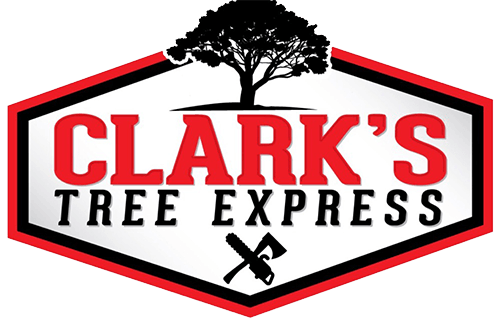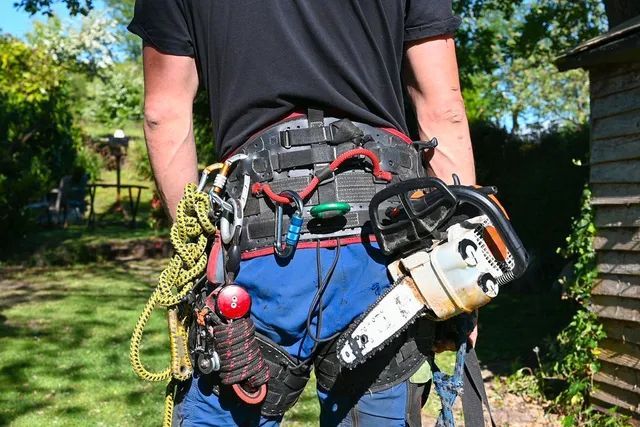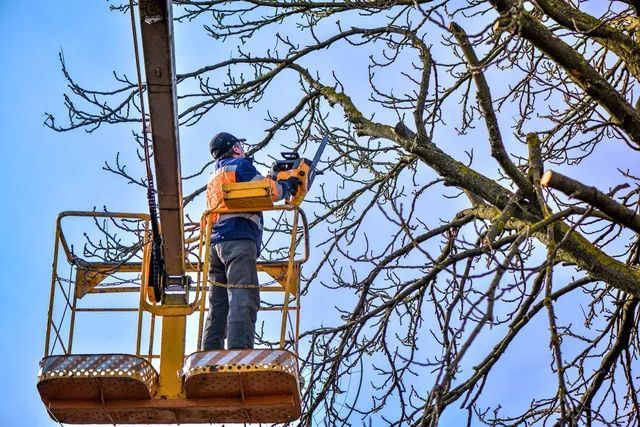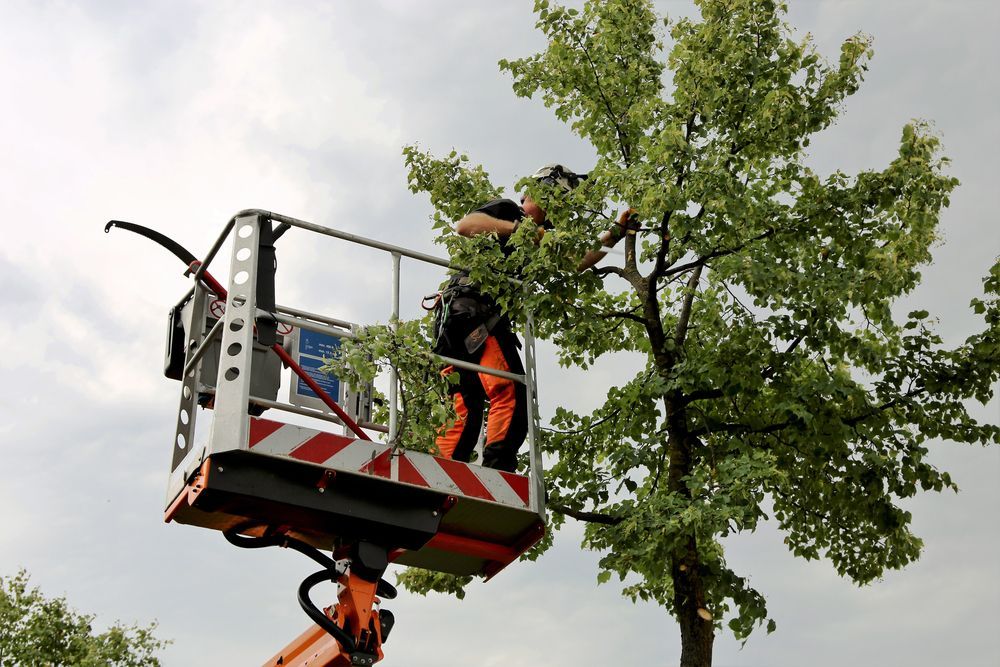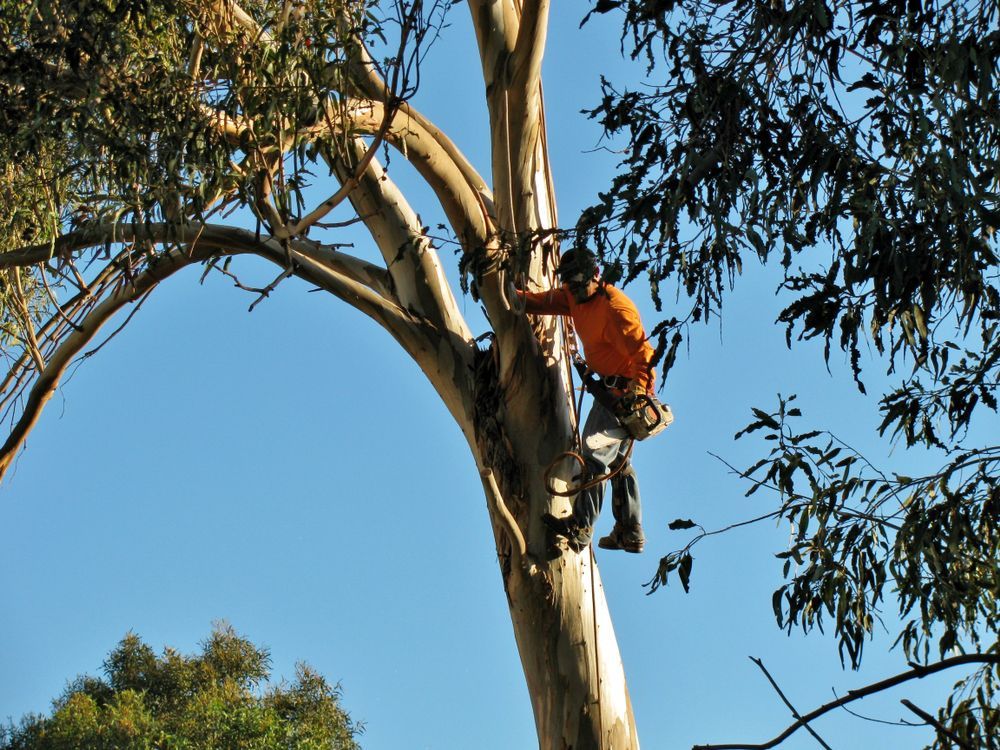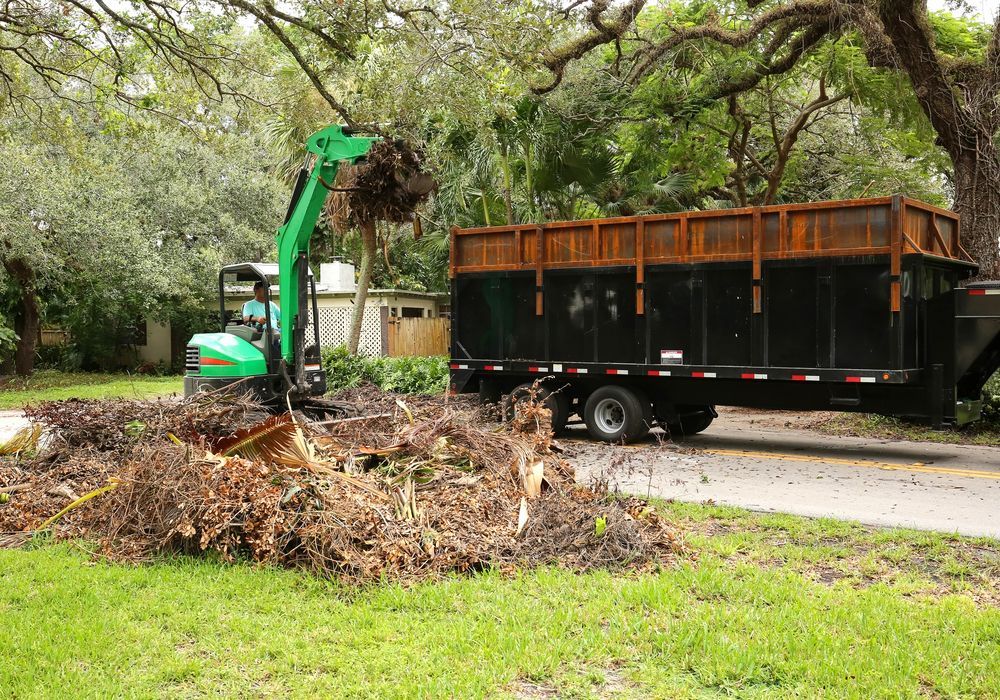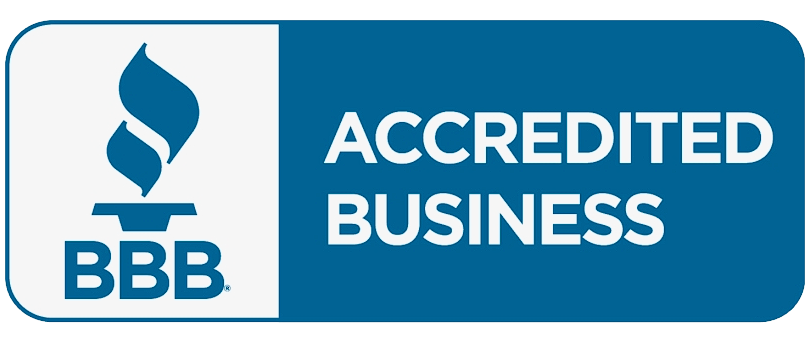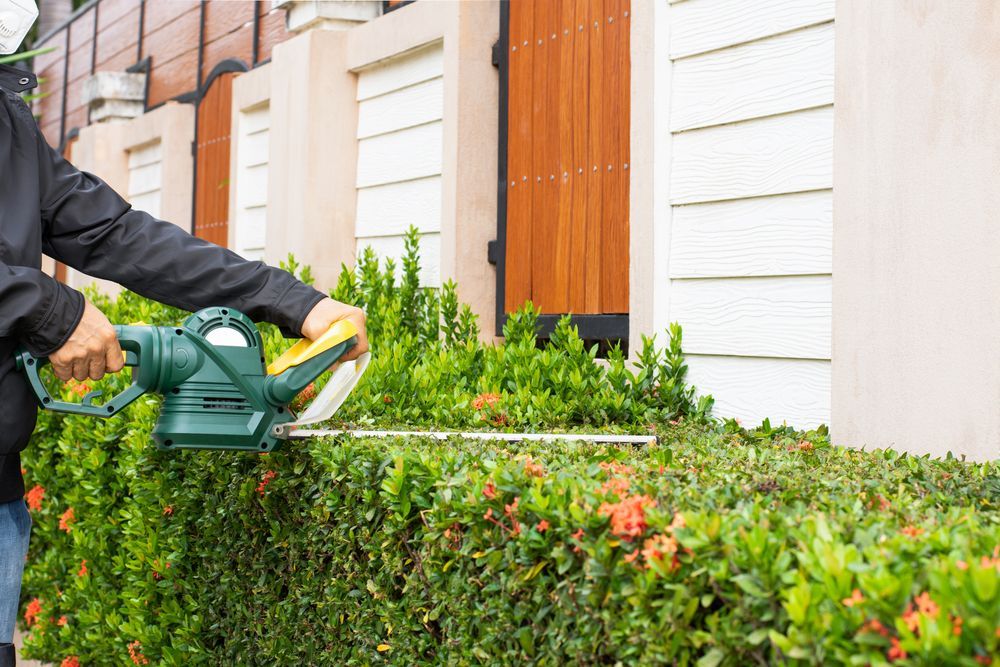
Choosing the Right Time to Prune Flowering Trees in Troutman and Mooresville
Flowering trees are the pride of many yards in Troutman and Mooresville. Dogwoods, redbuds, cherries, magnolias—each season brings a different burst of color. But to keep those blossoms healthy year after year, proper pruning is essential. The challenge for most homeowners is timing. Prune too early, and you risk cutting off next season’s buds. Prune too late, and you may stress the tree or affect its blooming cycle.
In this blog, we’ll discuss how to know the right time to prune flowering trees in Troutman and Mooresville, the differences between early- and late-blooming species, and best practices to ensure your trees remain healthy and beautiful.
Why Timing Matters in Pruning Flowering Trees
Pruning is not just about shaping a tree—it’s about managing its life cycle. The timing affects:
- Bloom quality: Cutting at the wrong time can remove the buds that produce flowers.
- Tree health: Seasonal pruning helps prevent disease and encourages strong growth.
- Safety: Timely pruning reduces the risk of weak branches breaking during storms.
- Longevity: Trees pruned at the right stage live longer and remain structurally sound.
In Troutman and Mooresville, where flowering trees are a common part of residential landscaping, knowing when to prune makes the difference between a tree that thrives and one that struggles.
General Guidelines for Pruning Flowering Trees
Not all flowering trees are the same. The main factor in determining when to prune is whether the tree flowers on old wood or new wood.
- Trees that bloom on old wood (buds form on last year’s growth):
Examples: dogwood, magnolia, cherry, azalea.
Best time to prune: right after flowering, usually late spring to early summer. - Trees that bloom on new wood (buds form on current season’s growth):
Examples: crape myrtle, some hydrangeas, vitex.
Best time to prune: late winter or very early spring, before new growth starts.
By grouping trees this way, homeowners can schedule pruning based on species and bloom cycle.
Step-by-Step: How to Prune Flowering Trees Correctly
Timing is crucial, but so is the pruning technique. Here’s a step-by-step approach:
- Identify the species
- Confirm whether your tree flowers on old or new wood.
- Choose the right time
- Old wood: prune immediately after bloom.
- New wood: prune late winter to early spring.
- Sanitize tools
- Use clean, sharp pruners or saws to prevent spreading disease.
- Remove dead or damaged branches first
- Focus on safety and tree health before cosmetic shaping.
- Thin for airflow
- Remove crowded interior branches to reduce disease risk.
- Shape carefully
- Trim to enhance the natural form of the tree, not to force unnatural shapes.
- Avoid over-pruning
- Never remove more than 25% of the canopy in a single season.
This process ensures that pruning improves both the appearance and long-term health of your flowering trees.
FAQs
- When should I prune dogwood trees in Mooresville?
Dogwoods bloom on old wood, so prune them right after flowering in late spring. - Can I prune crape myrtles in Troutman during summer?
It’s not recommended. Crape myrtles bloom on new wood, so pruning should be done in late winter or early spring. Summer pruning may remove flower buds. - What happens if I prune at the wrong time?
Pruning too early or too late often results in fewer flowers. In some cases, it can also stress the tree, making it vulnerable to pests and disease. - Is it okay to prune flowering trees in the fall?
Generally, no. Fall pruning stimulates new growth just before winter, leaving the tree vulnerable to cold damage. - Do I need a professional for pruning?
For small trees, careful homeowners can prune themselves. For large, mature, or high-risk trees, professional pruning ensures safety and the best results.
Local Considerations in Troutman and Mooresville
The climate in Troutman and Mooresville plays a role in when and how to prune. Winters are mild but can bring occasional freezes, while summers are hot and humid. This means:
- Late winter pruning (February–March) works well for new-wood bloomers like crape myrtles.
- For old-wood bloomers, pruning immediately after spring flowers finish ensures buds have time to set before the next growing season.
- Because storms are common in the Lake Norman area, proactive pruning reduces the chance of branches breaking and damaging homes or vehicles.
Local conditions make timing even more important—you’re balancing bloom cycles with weather risks.
Conclusion
Pruning flowering trees isn’t just about appearances—it’s about health, safety, and long-term beauty. In Troutman and Mooresville, where flowering trees brighten landscapes year-round, knowing the right time to prune ensures you enjoy consistent blooms while keeping your trees strong.
Whether it’s a dogwood blooming on old wood or a crape myrtle pushing out new summer flowers, timing and technique matter. For complex jobs or mature trees, professional pruning gives you peace of mind that your trees will thrive for years to come.
